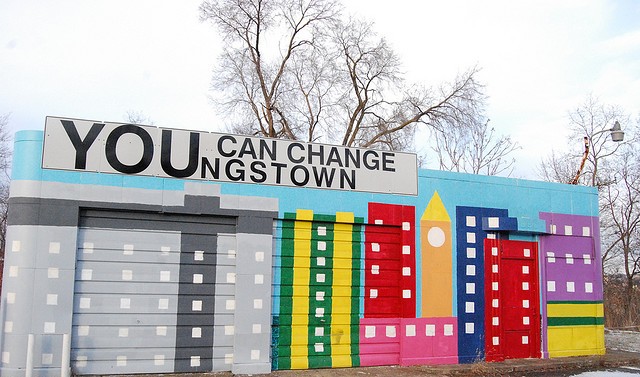In earlier postings, I talked about the roles of activists in introducing ideas and champions in moving ideas toward acceptance. But ideas don’t live in a vacuum. They are part of an infrastructure of thought that includes things that are bigger than ideas—they are ways of seeing the world and making sense of it. In 1922, Walter Lippmann called these things “pseudo-environments.” But to use more contemporary language, let’s call them “frames.”
Actually, you know frames quite well because we all use them. If they’re our frames, we might call them “values” and “beliefs.” In others, they could be considered “ideology.” Frames are, as Lippmann explained in his book “Public Opinion”, “the picture in (our) heads” that helps us understand our everyday environments.
. . . (T)he real environment is altogether too big, too complex and too fleeting for direct acquaintance. We are not equipped to deal with so much subtlety, so much variety, so many permutations and combinations. And although we have to act in that environment, we have to reconstruct it on a simpler model before we can manage with it.
And that’s what frames offer us: a simpler model we can use to make sense of things and act on them.
Ever wonder how a friend or family member could read the same newspaper article as you—say, a story about a college student who was robbed while walking home at midnight—and come to the opposite conclusion about what it meant? While you were muttering, “Serves him right; he should have been studying,” your brother was fuming about the lack of police presence. Your frame: “In the end, it’s all about personal responsibility.” Your brother’s: “This is what happens when you cut city budgets.”
It’s important to think about frames as you consider how to make changes in your community. True, some changes are so narrowly focused or unexpected that they don’t fit into most people’s frames. You see this in natural disasters. When a tornado flattens a block in your city’s downtown, nobody questions the motives of weather fronts. But not many important changes escape the framing process. Let’s say your downtown organization wants to level a block and replace some shabby old buildings with new condos. You may find people framing your plans in unexpected ways, as some inveigh against greedy developers and business interests, while others think it would be nice to have more people living downtown.
Given this almost universal need for placing new ideas into old frames, people involved in change efforts should use this tendency to their advantage and connect their change efforts to the strongest, most widely accepted frames around. Want taxpayers to pay for more parks in your city? You could connect it to a tried-and-true frame, like “it’s good for quality of life” or go with something more current like “parks promote active recreation, which reduces childhood obesity.”
In a future posting, I’ll talk about how leaders can change community frames themselves. It isn’t easy, but sometimes it’s necessary to do more than win acceptance of ideas—you need to change the very ways large numbers of people make sense of their city and its issues.
Photo by marcmoss licensed under Creative Commons.

